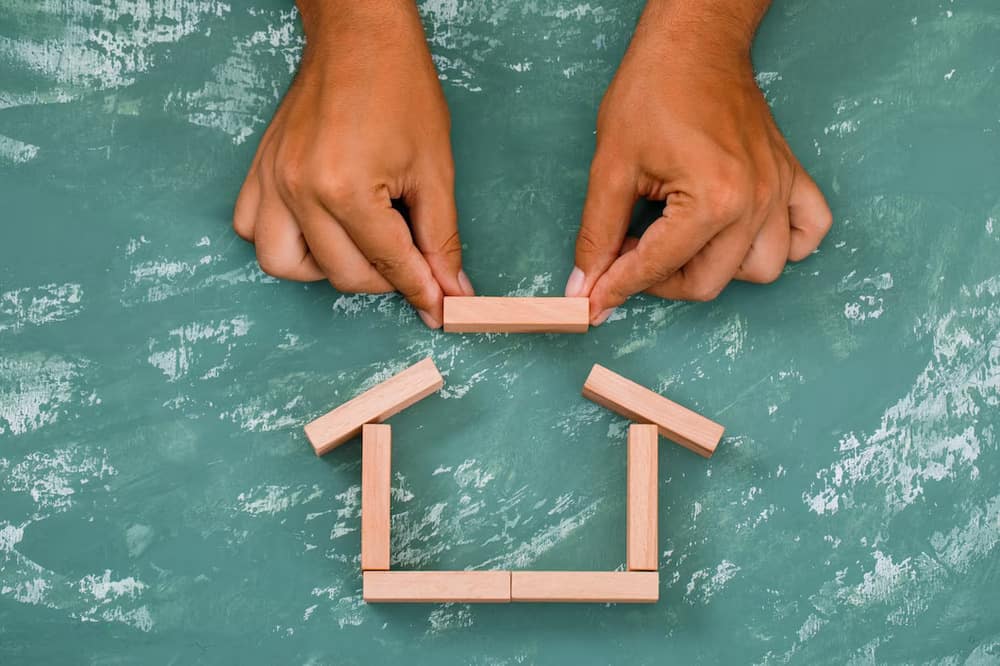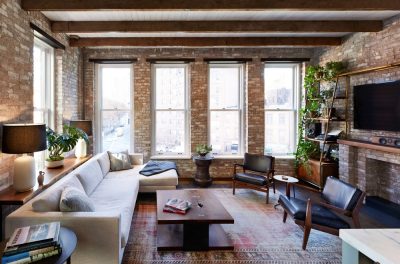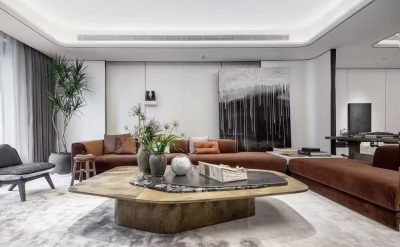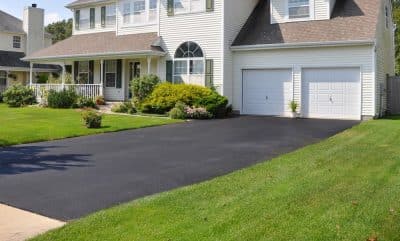
Building your dream home is an exciting endeavor, but it can be nerve-wracking, given the magnitude of the investment. The design process requires meticulous planning, detail-oriented execution, and a thorough understanding of your wants, needs, and tastes. In this article, we’ll explore six critical steps to transform your vision into a reality while instilling confidence every step of the way.
Set Your Vision and Goals
Successfully creating your dream home starts with clear, concise goals. Begin by establishing the overarching purpose of your home, which will shape your vision. Are you designing an elegant and luxurious oasis or a family-friendly haven? Once you have this figured out, establish the essential features, including room specifications, energy efficiency, outdoor spaces, and technological requirements. You can organize your ideas by creating detailed wish lists and vision boards and embracing new home design trends to fuel your creativity.
Location, Location, Location
The most important step in your home-design journey is finding the perfect location. Consider factors like climate, access to amenities, safety ratings, sellers’ market conditions, and of course, budget. In addition, research zoning laws and regulations that may impact any additions or expansions you plan to make. By taking the time to identify the ideal location for your dream home, you can maximize your return on investment and ensure that you end up with a perfect place to call home.
Create a Budget
Your budget is arguably the most decisive factor in determining the scope of your project, so it’s important to create one early on. Create a rough estimate of your remodeling costs based on the size of the renovation area you want to tackle, labor expenses, materials selection, and appliances. Allocate an additional 10-20% of your budget to account for surprise expenses and unforeseen costs.
In addition to budgeting for the construction itself, you should set aside funds to cover ancillary costs such as permits, utility hook-ups, professional design consulting fees, and inspection expenses. It’s equally important to factor furniture and décor purchases into your budget.
Create a Timeline
The timeline for home design projects can vary greatly depending on the scope of work. Therefore, you may want to consult with professional contractors and designers to develop an estimated timeline that outlines key milestones, including permits, materials procurement, and construction. Once you have a plan in place, create a schedule that aligns with the timeline and assign responsible parties for each task. This will ensure everyone is on the same page and working towards the same goal.
Incorporating Interior Design Principles into The Layout
Utilizing fundamental interior design principles goes beyond aesthetics; it ensures practical and efficient use of your living spaces. Consider the following elements:
1. Space planning: Optimal use of space is crucial in enhancing your home’s functionality. Determine the purpose and requirements of each room, incorporating storage solutions and ensuring smooth flow throughout the house.
2. Balance: Achieving harmony in your design prevents visual clutter and instills a sense of tranquility. Use a mix of scale, proportion, and symmetry to create a balanced layout.
3. Focal points: Designing with focal points in mind, such as fireplaces or statement artwork, will draw attention to specific areas and anchor your design.
4. Color: Color selection is paramount in setting the mood of your home. Research the psychological effects of colors and choose those that align with your goals for each space.
Optimizing Architectural Elements for Functionality and Aesthetics
The marriage of beauty and functionality is at the heart of a successful home design. To achieve this, invest time in refining architectural elements:
1. Windows: Windows serve both aesthetic and practical purposes, providing natural light and fresh air. Select energy-efficient windows and experiment with size and placement to maximize views and sunlight without compromising privacy.
2. Ceilings: Don’t underestimate the value of a well-designed ceiling. Creative designs can elevate the overall ambiance of the room while serving functional purposes such as noise reduction or increased thermal insulation.
3. Built-in features: Capitalize on built-in features like shelves, cabinets, and seating to cultivate a sense of cohesion while optimizing your home’s functionality.
Sustainably Sourcing Materials for Cost and Efficiency
Environmentally-friendly construction is becoming increasingly popular as more homeowners recognize the long-term benefits in cost savings and efficiency. If you choose this route, consider going for sustainably sourced materials, such as reclaimed wood, bamboo, or cork.
Additionally, incorporating features like solar panels and energy-efficient insulation will reduce your carbon footprint and energy bills. Selecting low VOC (volatile organic compounds) paint and other eco-friendly finishes promote healthier indoor air quality, which is especially important if you have allergies or asthma.
Examples of sustainable building materials and features include:
● Reclaimed wood from old buildings for beams, floors, and furniture.
● Low VOC paint to reduce indoor air pollution.
● Insulation made from recycled newspapers or cellulose fibers.
● Solar panels for energy efficiency.
● Bamboo flooring, countertops, and cabinetry.
● Water harvesting systems for collecting rainwater.
Personalizing Your Home with Custom Finishes and Features
A truly bespoke home requires personal touches that reflect your unique character and tastes. For a dash of character, consider incorporating custom finishes, textures, and hardware into your design to showcase your style – from custom cabinetry and millwork to artisanal light fixtures and bold tile accents. In addition, consider working with local artists, craftsmen, and designers, as utilizing their expertise will result in high-quality, one-of-a-kind pieces.
Examples of custom finishes and features include:
● Create a unique statement wall with a mural designed by a local artist.
● Incorporate artisanal hardware such as custom door handles or drawer pulls.
● Enhance cabinetry with hand-carved accents for a classic look.
● Install bespoke light fixtures to bring sophistication and glamour to your space.
● Elevate your décor with unique tiles and mosaics for an eye-catching design.
Managing the Home Building Process
Building your dream home demands a considerable investment of time and resources. Engaging professionals, such as architects, builders, can significantly reduce stress and ensure the highest construction standards.
Communicate your vision effectively, and remember that any changes, even minor ones, can affect your budgets and timelines. As a result, ongoing monitoring of your project’s progress is critical in safeguarding your investment. Schedule regular meetings with your builder to discuss progress, setbacks, and decisions requiring your input. This way, you can address any issues promptly and effectively manage expectations while keeping your project on track.
Conclusion
Designing your dream home requires patience, attention to detail, and a clear vision. By setting goals, incorporating design principles, optimizing architectural elements, sourcing sustainable materials, and personalizing your home – all while effectively managing the construction process – you can confidently create a home that’s uniquely yours.








